
Top Tips for Growing Climbing Roses in Zone 4
Discover top tips for successfully growing climbing roses in Zone 4 with this comprehensive guide. From selecting the right variety to proper care and maintenance, these strategies will help you create a stunning rose-covered trellis or fence in your garden.
How to Choose the Right Climbing Rose Variety for Zone 4
When selecting a climbing rose variety for Zone 4, it is important to choose a cultivar that is hardy and suited to colder climates. Look for roses that are specifically bred for northern regions, as they will have better cold tolerance and be more likely to thrive in Zone 4 conditions.
Consider factors such as bloom time, fragrance, and color when choosing a climbing rose variety. Some popular choices for Zone 4 include ‘John Cabot’, ‘William Baffin’, and ‘Henry Kelsey’.
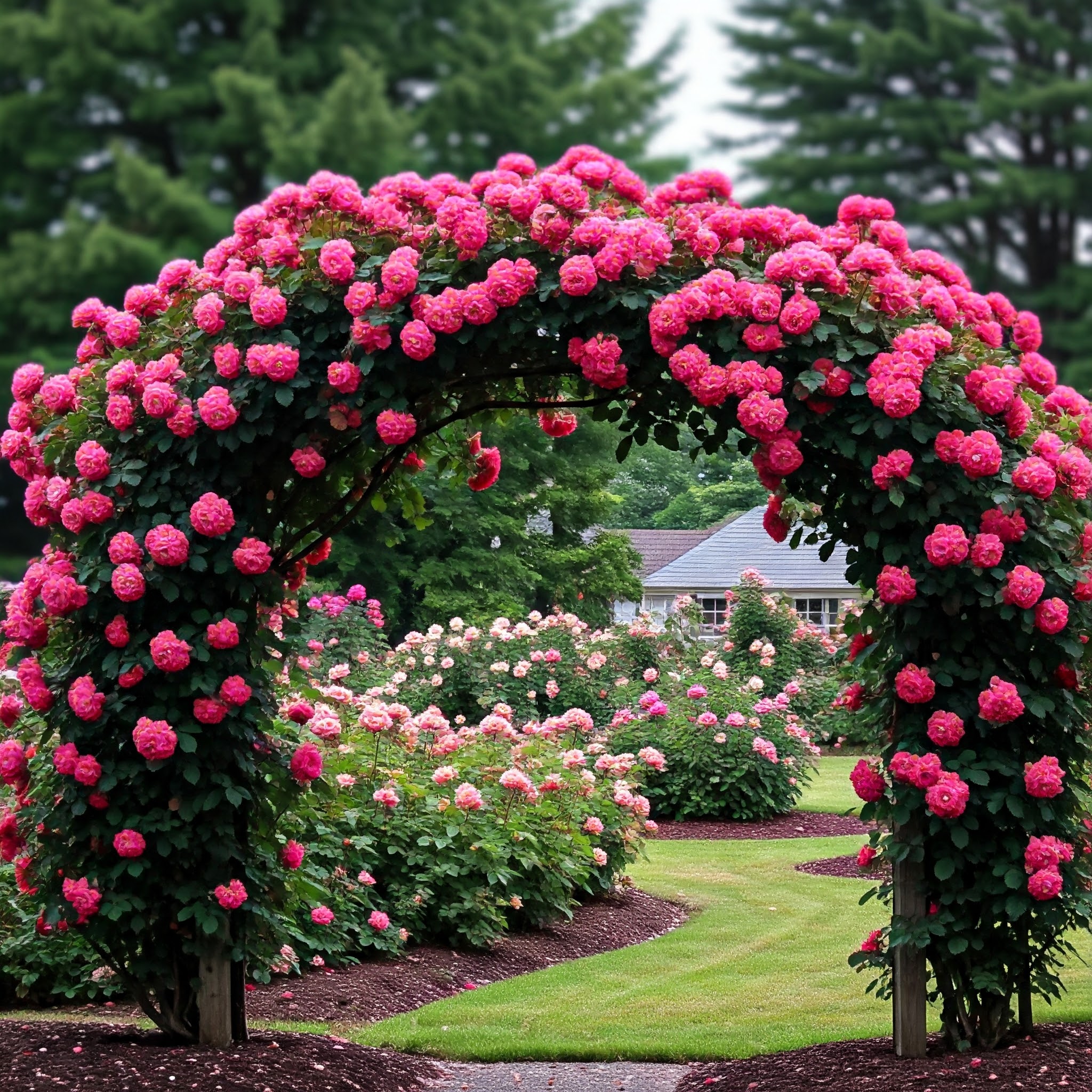
Planting and Site Selection Tips for Climbing Roses
When planting climbing roses in Zone 4, choose a sunny location with well-draining soil. Roses require at least 6 hours of sunlight per day to thrive, so be sure to select a spot with plenty of sun exposure.
Ensure that the planting hole is wide and deep enough to accommodate the rose roots. Add compost or organic matter to the soil to improve drainage and fertility. Water the rose thoroughly after planting to help establish the roots.
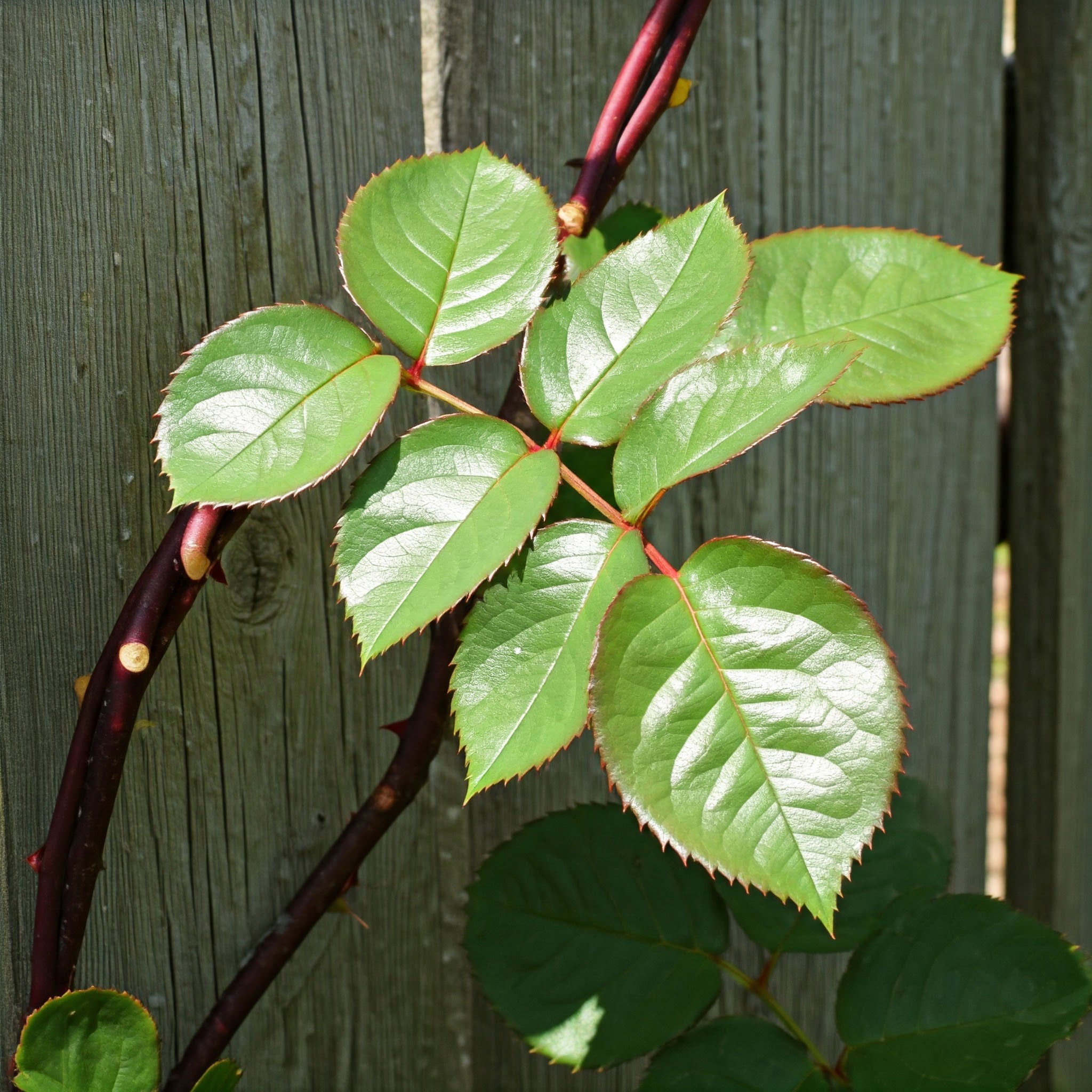
Training and Pruning Climbing Roses
Proper training and pruning are essential for growing healthy and vigorous climbing roses. As the rose grows, gently tie the canes to a trellis or support structure to encourage upward growth and prevent tangling.
Prune climbing roses in late winter or early spring to remove dead or diseased wood, promote new growth, and shape the plant. Use sharp pruning shears and make clean cuts to avoid damaging the rose.
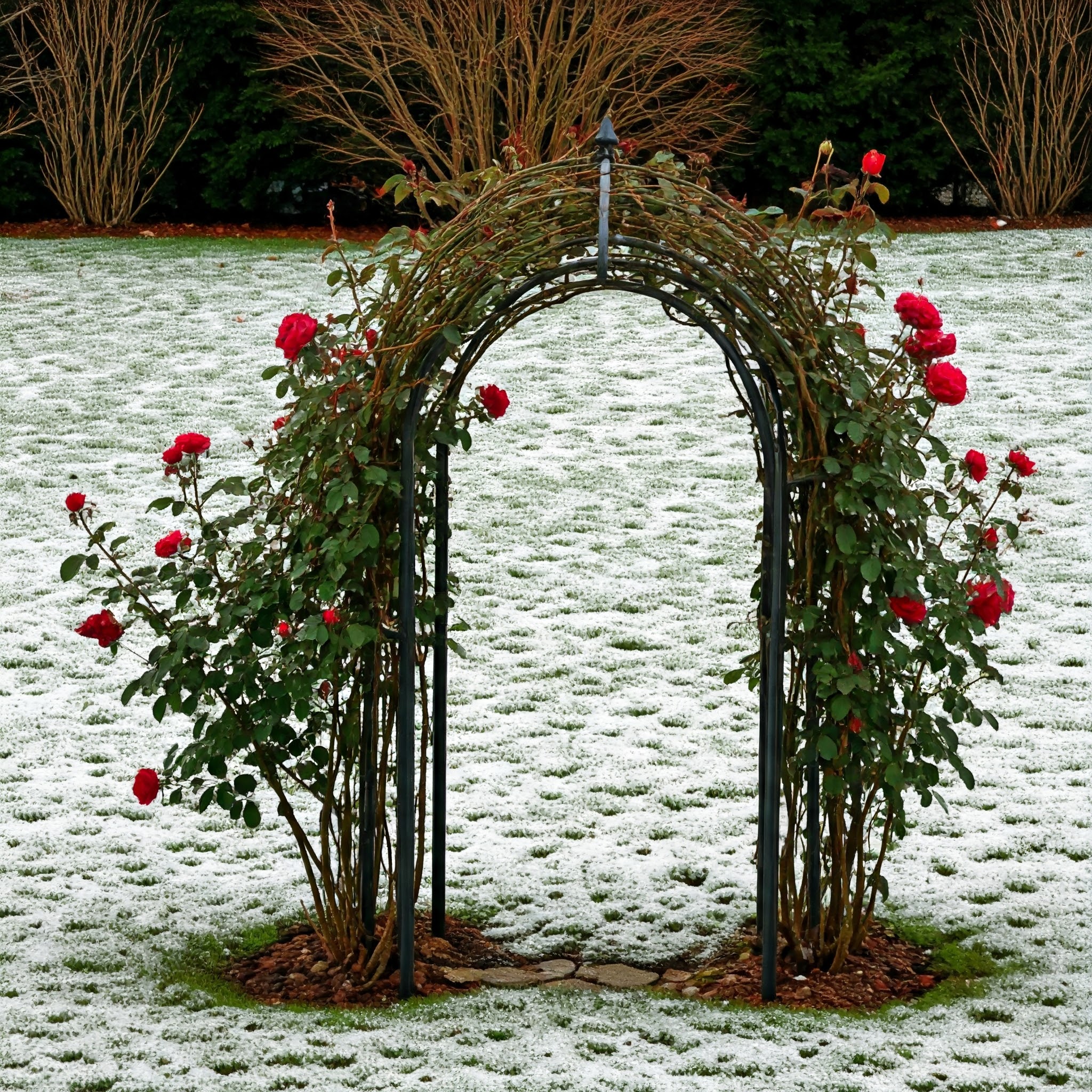
Fertilizing and Watering Tips for Climbing Roses
Regular fertilization is important for promoting healthy growth and abundant blooms in climbing roses. Use a balanced rose fertilizer or a slow-release granular fertilizer in the spring and summer months.
Water climbing roses deeply and infrequently to encourage deep root growth. Avoid overhead watering to prevent fungal diseases, and water at the base of the plant to deliver moisture directly to the roots.
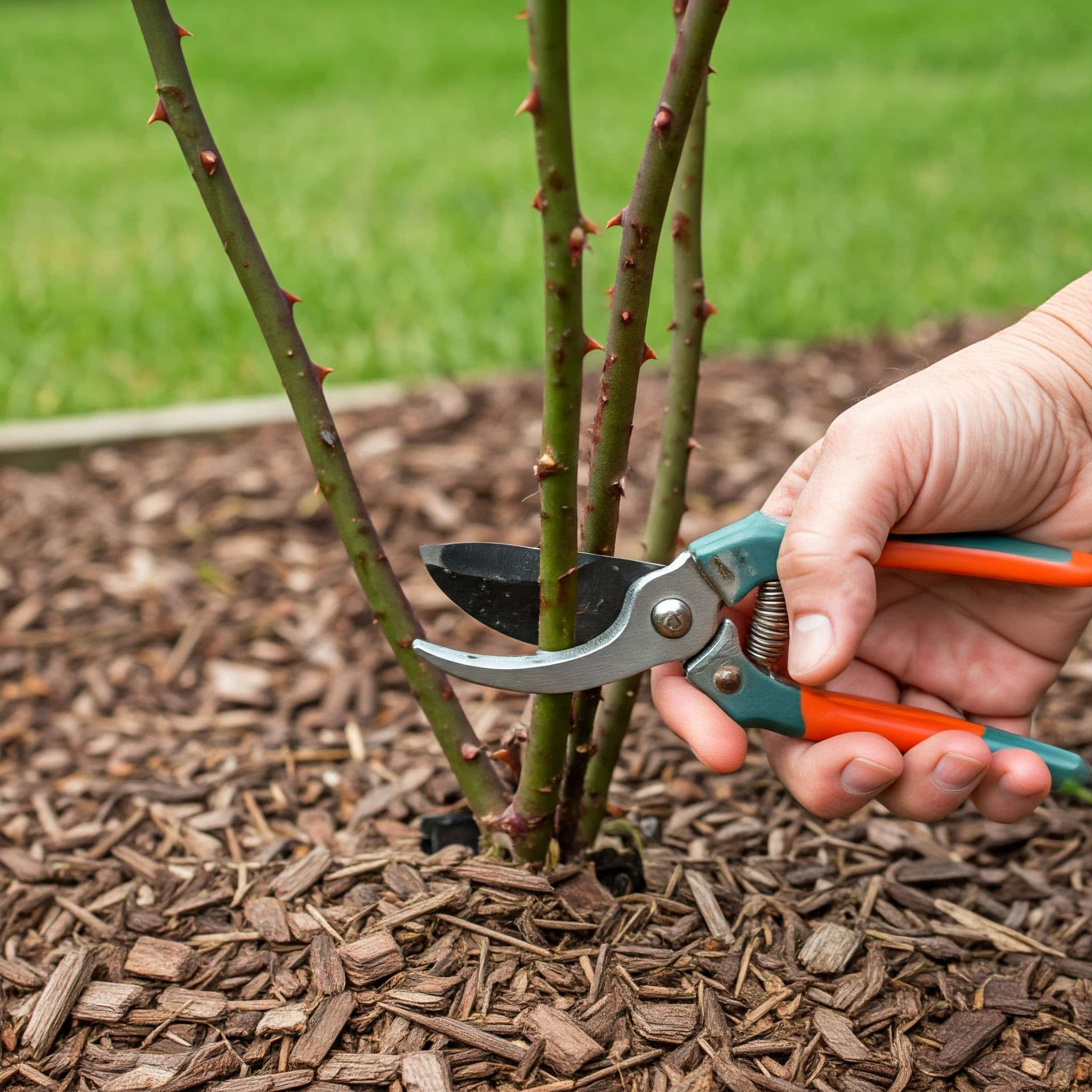
Protecting Climbing Roses in Winter
In Zone 4, winter protection is crucial for the survival of climbing roses. Apply a layer of mulch around the base of the plant to insulate the roots and protect them from freezing temperatures.
Consider wrapping the canes in burlap or other insulating material to shield them from harsh winter winds and prevent frost damage. Remove the winter protection in early spring once the danger of frost has passed.
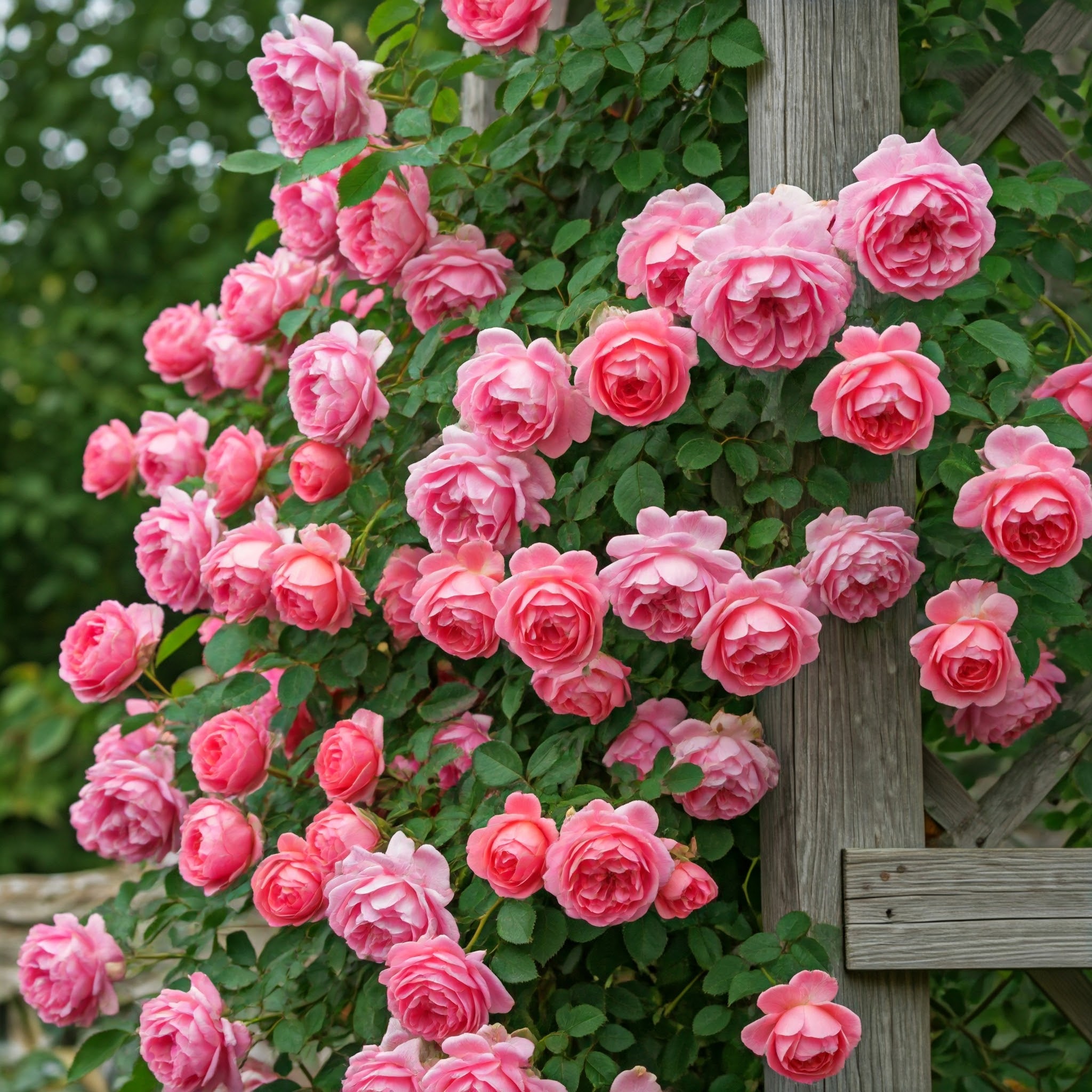
Common Pests and Diseases of Climbing Roses
Keep an eye out for common pests and diseases that can affect climbing roses in Zone 4. Aphids, spider mites, and powdery mildew are all potential problems that may arise.
To prevent and manage pest and disease issues, practice good garden hygiene, such as removing debris and dead leaves from around the base of the plant. Consider using organic pest control methods or fungicides as needed.
Conclusion
In conclusion, growing climbing roses in Zone 4 can be a rewarding and enjoyable experience with the right knowledge and care. By selecting a cold-hardy rose variety, providing proper care and maintenance, and protecting the plants in winter, you can enjoy a beautiful display of roses in your garden. Follow these top tips to ensure the success of your climbing roses in Zone 4.
FAQs
Can I grow climbing roses in shade?
While climbing roses prefer full sun, they can tolerate some shade. However, you may notice a decrease in blooms and overall vigor if the plant does not receive enough sunlight.
How often should I fertilize climbing roses?
It is recommended to fertilize climbing roses in the spring and summer months. Use a balanced rose fertilizer or slow-release granular fertilizer to promote healthy growth and abundant blooms.
What is the best way to protect climbing roses in winter?
To protect climbing roses in winter, apply a layer of mulch around the base of the plant, and consider wrapping the canes in burlap or other insulating material to shield them from freezing temperatures and harsh winds.
How can I prevent pest and disease issues in climbing roses?
To prevent and manage pest and disease problems in climbing roses, practice good garden hygiene by removing debris and dead leaves from around the plant. Consider using organic pest control methods or fungicides as needed.
What are some cold-hardy climbing rose varieties for Zone 4?
Popular cold-hardy climbing rose varieties for Zone 4 include ‘John Cabot’, ‘William Baffin’, and ‘Henry Kelsey’. These cultivars are specifically bred for northern climates and have good cold tolerance.








